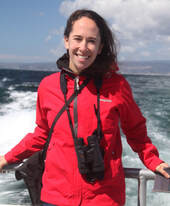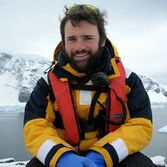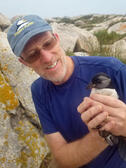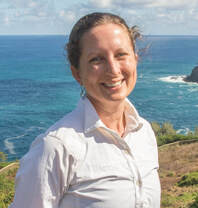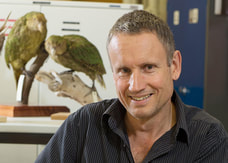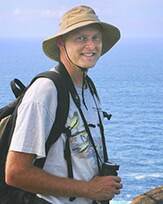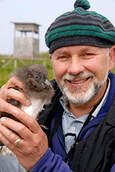Why
Seabirds are Threatened
Seabirds are one of the most threatened bird groups on the planet, with approximately 30% at risk of extinction and with 84% of all species at risk from at least one threat. The primary threat to seabirds are invasive alien species that impact seabirds at breeding sites, especially through predating chicks. This problem is further compounded by other major threats both on land and at sea, including from habitat loss and climate change, driving extinction trends.
Dias, M.P., et al. "Threats to seabirds: a global assessment." Biological Conservation 237 (2019): 525-537 |
Seabird Conservation Solutions
There are solutions that promote the recovery of seabird populations and prevent extinctions, such as managing or removing non-native predators and restoring and protecting breeding habitats. In cases where seabirds do not naturally colonize a breeding site or increase in number following management, active restoration techniques are often used to accelerate restoration. This database documents such active seabird restoration efforts.
Jones, H.P., and Kress, S.W. "A review of the world's active seabird restoration projects." The Journal of wildlife management 76.1 (2012): 2-9. |
Active Seabird Restoration
|
The Seabird Restoration Database
Thanks to the generous support from the Packard Marine Bird Program, we built the Seabird Restoration Database, a first of its kind conservation database documenting the global effort to restore seabirds using active restoration techniques. Between 2020-2022 we collated data from the literature, reports, databases and consulted with over 500 seabird experts to determine the species, locations, methods, and outcomes from active seabird restoration efforts. The database contains over 850 records of active restoration efforts, including those with achieved and under achieved outcomes.
To learn more about the database and results, please check out our 2023 publication in the Proceedings of the National Academy of Sciences: Tracking the global application of conservation translocation and social attraction to reverse seabird declines. |
Seabird Restoration Database Partnership
The following people and organizations developed the database and created the Seabird Restoration Database Partnership
Dena Spatz
|
Lindsay Young
|
Eric VanderWerf
|
Contributors
We thank the following groups and people who contributed to the development of the Seabird Restoration Database:
- The David and Lucile Packard Foundation
- Pacific Rim Conservation 2020/2021 Interns: Laura Heartwood, Claire Atkins, Sophia Lodigiani, Sheila Marie Ringor, Magali Raynaud
- Project design contributors: David Will (Island Conservation), Don Croll (UC Santa Cruz), Brad Keitt (American Bird Conservancy)
- Data contributions from 350 experts from 45 countries
